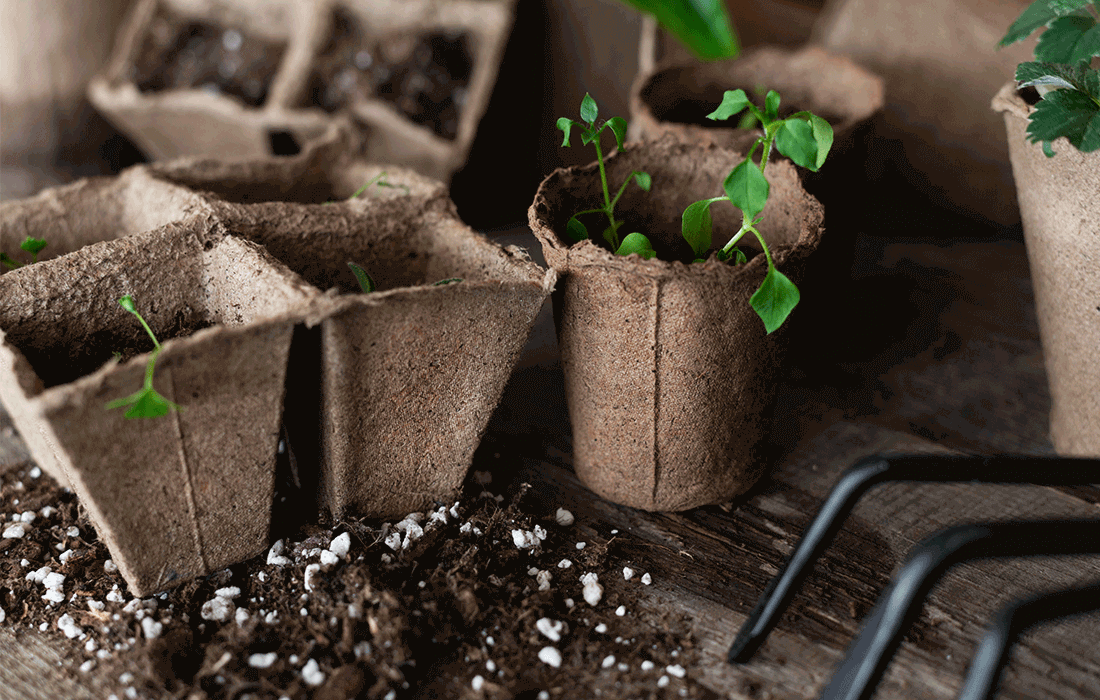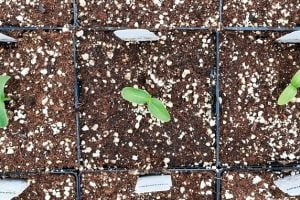7 Horticultural Perlite effects on plants growing

Horticultural Perlite effects on plants growing
Perlite is a naturally occurring mineral that is commonly used in horticultue to improve soil and boost plant growth. Here are horticultural perlite effects on plants growing.
Improved Soil Structure. Perlite helps to keep the soil structure loose, allowing for better root development and penetration. It is physically stable and retains its shape, even when pressed into the soil.
Enhanced Water Retention. Perlite is filled with tiny cavities that hold water, acting like a sponge. It can hold three to four times its weight in water, providing a consistent moisture supply to plant roots. This helps to prevent overwatering and root rot.
Nutrient Storage. Perlite is capable of storing nutrients for a short period, preventing them from washing away immediately. This allows plants to access the nutrients they need for healthy growth.
Improved Aeration. Perlite improves the aeration of soils, allowing for better oxygen supply to the roots. This promotes stronger root growth and healthier plants.
Reduced Risk of Root Damage. Perlite reduces the risk of root damage and growth retardation from grafting. It provides an excellent air-water balance, making water ingress almost impossible.
Improved Drainage. Perlite improves the texture of heavy silt or clay soils by increasing aeration and drainage. It reduces the tendency for soil to become compacted and improves water drainage, preventing water logging and root suffocation.
Propagation of Plant Cuttings. Perlite stimulates root growth and prevents drowning by helping to drain excess water away from the cuttings. It is commonly used in the propagation of plant cuttings.
It’s important to note that perlite isn’t a fertilizer and doesn’t have nutritional or microbial value to plants or soil.
However, its benefits in improving soil structure, water retention, aeration, and drainage contribute to overall plant health and growth. Perlite is widely used in container gardening, potting soil, raised beds, and as a soil amendment in various agricultural settings.
perlite as a standalone growing medium
perlite can be used as a standalone growing medium in certain situations. Perlite is a lightweight, porous material that is capable of holding water and air. That’s making it an excellent choice for hydroponic systems and container gardening. Perlite can be used as a standalone growing medium in high-water settings. such as deep water culture or ebb-and-flow hydroponic systems.
However, it can be problematic in higher-water settings, such as ebb-and-flow systems or deep water. Perlite is also commonly used as a soil amendment in various horticultural settings. It improves the texture of heavy silt or clay soils by increasing aeration and drainage. And reducing the tendency for soil to become compacted. and also improving water drainage, preventing water logging and root suffocation.
Horticultural perlite application methods

Perlite is a versatile mineral that can be used in horticulture for various purposes. including as a soil amendment, mulch, or standalone growing medium. Here are some of the application methods for horticultural perlite.
Incorporation Application: Pour perlite into a wheelbarrow or other container and turn it, so the powder coats the inside.
Controlled Release Application: Blot perlite onto a cloth until it forms an adhesive film. Apply pressure to the film to release the powder. This method is best used for small areas.
Plugging Application: Insert plugs made of perlite into cracks in the soil surface.
Hydroponics: Perlite is used as a standalone growing medium in hydroponic systems. which is a method of growing plants in a soilless medium.
When to use perlite in horticulture? Perlite can be used at any time of the year. but is most beneficial during early spring and late fall when the soil is wetter. Perlite can be used when establishing new plants or when fertilizing existing plants. How to use perlite in horticulture depends on the type of perlite used. fresh perlite should be added directly to the soil surface. Perlite is also used in potting soil mixtures and as a standalone growing medium. Perlite is produced in various grades, from fine to coarse. and can be used in various horticultural settings, including container gardening, potting soil, raised beds, and as a soil amendment.
Needed perlite amount as a fertilizer amendment
The amount of perlite to be used as a fertilizer amendment in horticulture can vary depending on the specific application. and the type of soil being amended. Here are some guidelines.
For Cuttings. When using perlite for cuttings, it can be used as a standalone medium or blended with other materials. Some sources suggest using the same blend or as much as 100% perlite for cuttings.
In Garden Beds. When applying perlite to garden beds, a 2-inch layer can be applied at the same time. As other amendments or fertilizers.
For Difficult Seed and Flower Beds. For difficult seed and flower beds, applying 25% perlite to the top 5-10cm of soil before sowing can be beneficial.
For Trees, Shrubs, and Roses. When backfilling the planting hole for trees, shrubs, and roses, mixing perlite with soil can stimulate root growth. The exact ratio of perlite to soil may vary depending on the specific plant and soil conditions.
The amount of perlite to be used as fertilizer amendment may also depend on the specific plants needs being grown. and the characteristics of the soil. It is recommended to consult with local horticultural experts or conduct soil tests. In order to determine the appropriate amount of perlite to use for specific horticultural applications.
